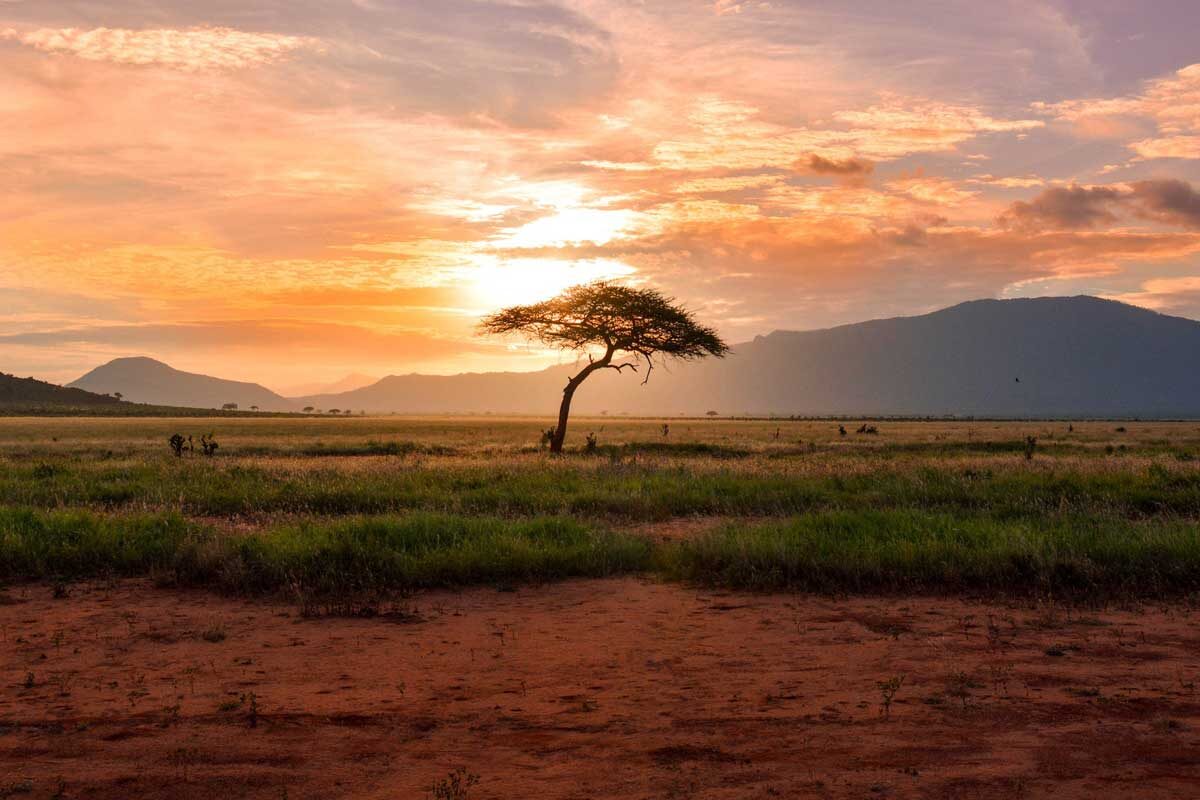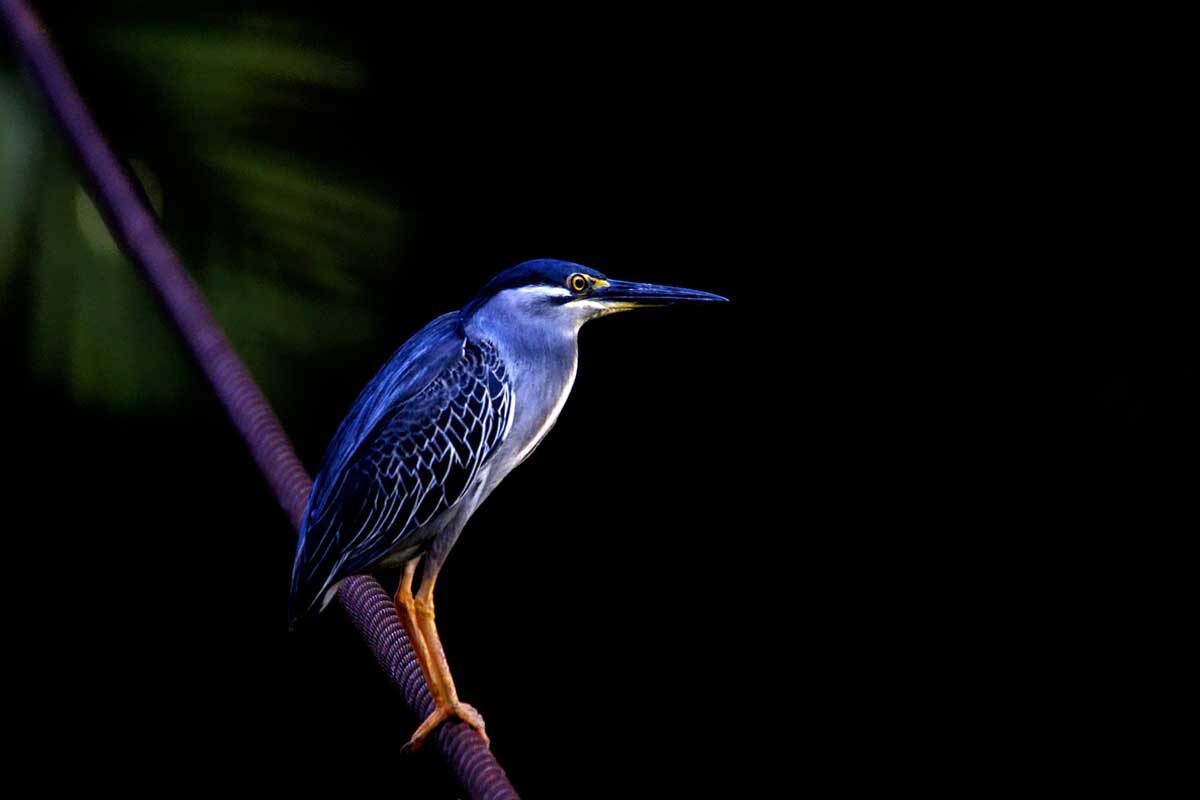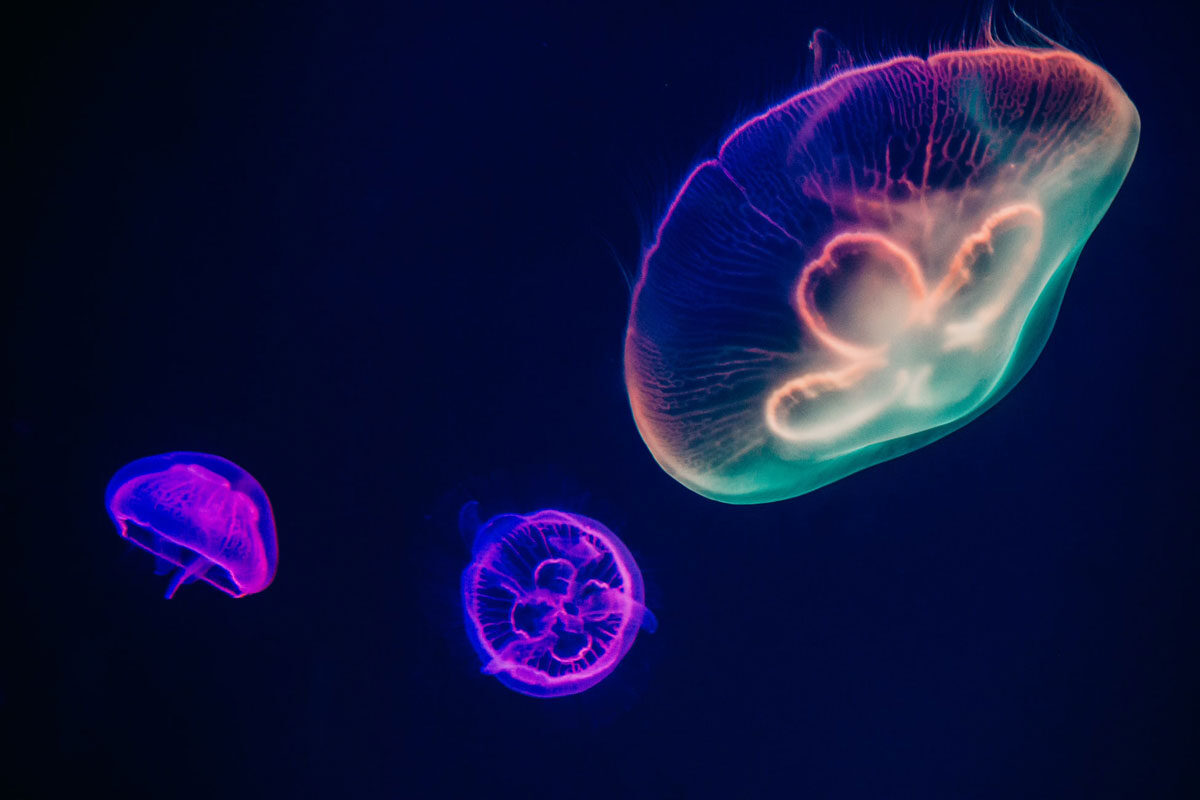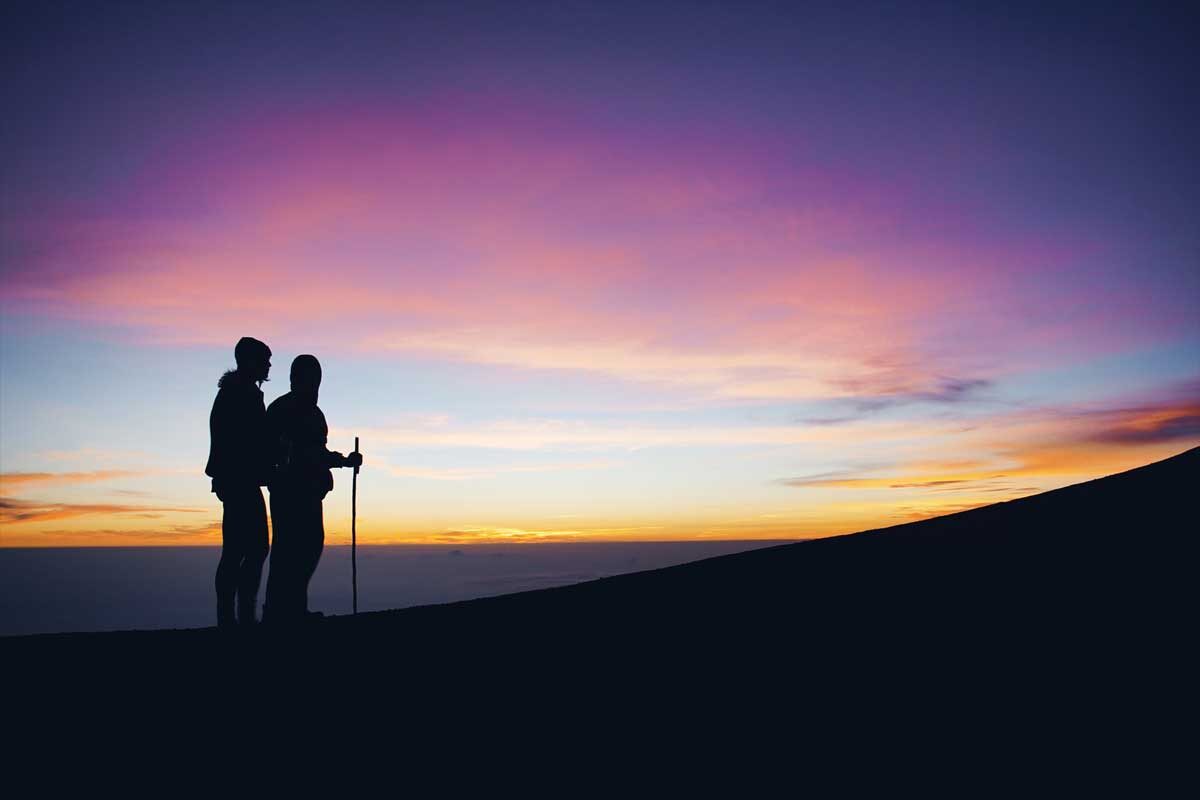
Northern Madagascar
Bivouac à Nosy Iranja
The island of Nosy Iranja is widely considered to be one of the most beautiful in Madagascar and has white sand beaches, surrounded by warm, turtle-filled shallows. The island is actually comprised of two smaller islets – Nosy Iranja Be and Nosy Iranja Kely – linked by a stunning 2-kilometre sandbar that disappears beneath the sea at high water.
Bivouac à Nosy Iranja is usually included as part of an overnight excursion from the main island of Nosy Be. En route, you will usually stop at various shallow reefs for snorkeling plus the adjacent deepwater Mozambique Channel to search for whales and dolphins. In the right season, whale sharks can even be found here. Despite its beauty, Nosy Iranja remains peaceful and unspoiled, with only a small fishing village on the eastern side and a historic lighthouse perched on a hilltop, offering panoramic views.
Accommodation is provided in small, thatched, A-frame huts in two rows running along the quieter western side of the island. Delightfully simple, the huts provide very basic accommodation: just a mattress and mosquito net, yet are surprisingly comfortable. Bed linen and towels are provided, each has one small light, plus there are two shared toilet blocks (western toilets, cold showers) behind the cabins.
Wholesome meals of fish, meat, vegetables, rice and seafood are served communally in a large thatched restaurant complete with charging points, cold fridge and well-stocked bar.
The village and sandbar are both within an easy walk and there is good snorkeling just offshore. The adjacent beach is wild and unspoiled, and serves as a critical nesting ground for sea turtles. Depending on the time of year, you may witness adult turtles laying eggs or hatchlings making their way to the sea – a truly unforgettable sight.
At night, the lack of light pollution reveals a dazzling night sky, with the Southern Cross and the Milky Way clearly visible.
The main season for humpback whales runs from July to November (peaking in August and September) whereas the best time for whale sharks is from September to December (peaking in October and November).
Observable in the water throughout the year, green turtles come ashore here to lay their eggs between June and October and hawksbill turtles tend to lay their eggs from October to February. The hatchlings usually emerge around 60 days later.
As with all wildlife, no sightings can be guaranteed but the overlapping of the different seasons, plus large amount of resident wildlife means that there is nearly always something here to keep wildlife lovers happy.
Facilities
Simple, thatched, A-frame huts with a mattress, mosquito net and electric light. Shared toilet blocks, flushing western toilets, cold water showers. Communal dining room with charging points, bar and fridge.
Local Wildlife
Depending on season, you can see whales - mostly humpbacks but occasionally Omura's whale - plus various dolphins including spinner dolphins, false killer whale, Indo-Pacific bottlenose dolphin, common bottlenose dolphin, tropical pilot whale and pantropical spotted dolphins.
Other large pelagics can include whale sharks, manta rays and mobula rays. A large number of reef fish can be seen whilst snorkeling, plus green and hawksbill turtles - both in the water and nesting on the beach. Leatherback turtles occasionally visit the island.
Birds can include the Malagasy Kingfisher, Madagascar Fish-Eagle, and Olive Bee-eater.
Optional Activities
Walks on the sandbank, sea swims, walk to the lighthouse, souvenir shopping, snorkeling and turtle watching (depending on the season).
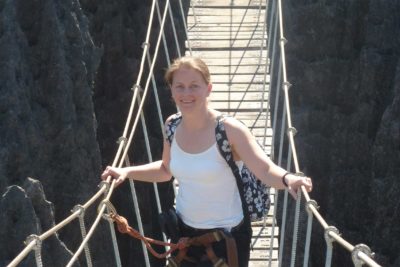
Claire Pote
Area Specialist
You can extend your stay here to two or three nights, to fully enjoy the island’s tranquility, explore both islets, and experience the changing tides across the sandbar.
If you have any questions regarding our Madagascar tours, please feel free to contact me on +44 (0)1803 866965
It was lovely to meet Helen face-to-face and to devise the ideal trip with her – her enthusiasm for Madagascar certainly confirmed us in our choice of destination. Enthusiastic and knowledgeable guides, seemed genuinely interested in their work and in interacting with tourists. Invaluable in spotting wildlife and discussing uses of local medicinal plants. [Our escort guide] was a delightful companion on our journey in Madagascar and very solicitous of our welfare. We were thrilled by the wildlife. Without the keen insight and knowledge of our guides we would certainly have failed to spot the giraffe-necked weevil and stick insects. The night walks were very productive – several mouse lemurs. The first sight of indris was an especial thrill as was the sight of a sleeping mouse lemur in broad daylight. Perhaps the most rewarding experience occurred when the lemurs came to us – six ring-tailed lemurs in Isalo, sifakas on the balcony in Anjajavy, flocks of grey-headed lovebirds on the lawn at breakfast. An excellent tour which gave us a good insight into the wildlife and potential conservation issues in Madagascar. We had opportunities to visit local communities. We were most impressed by the efficiency in ensuring a trouble-free and very enjoyable time in Madagascar. Our tour leader and driver were delightful and very hard working. We shall certainly look forward to booking a further tour with you.
